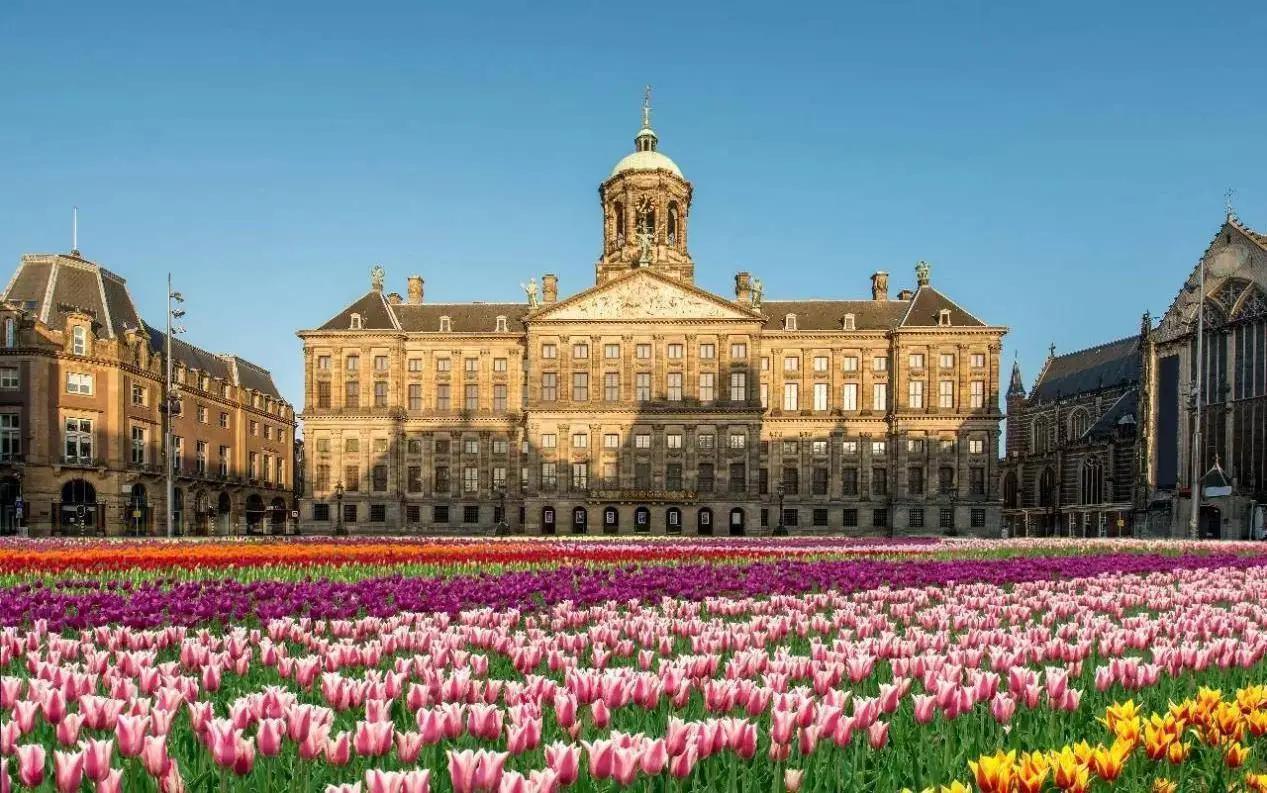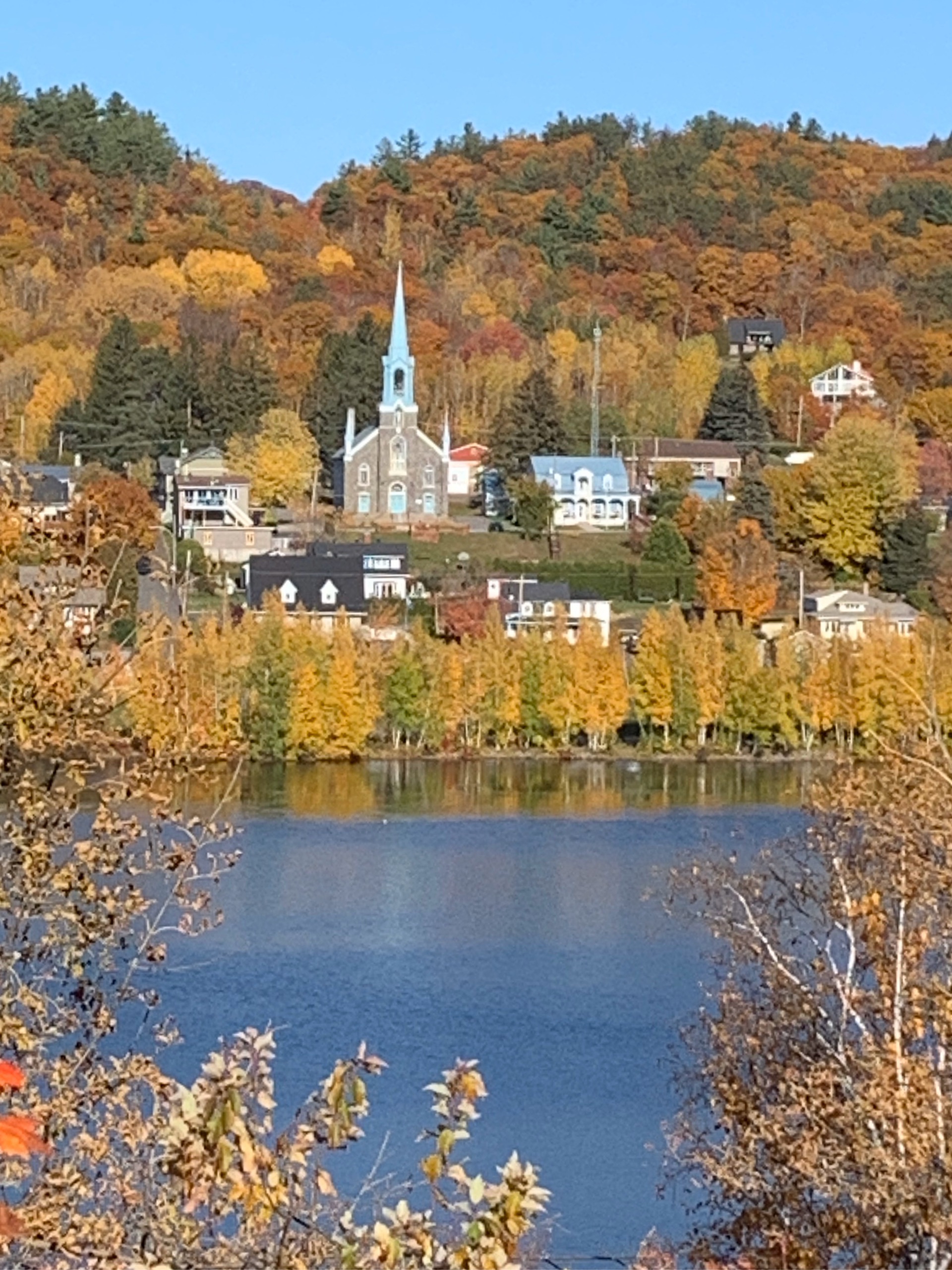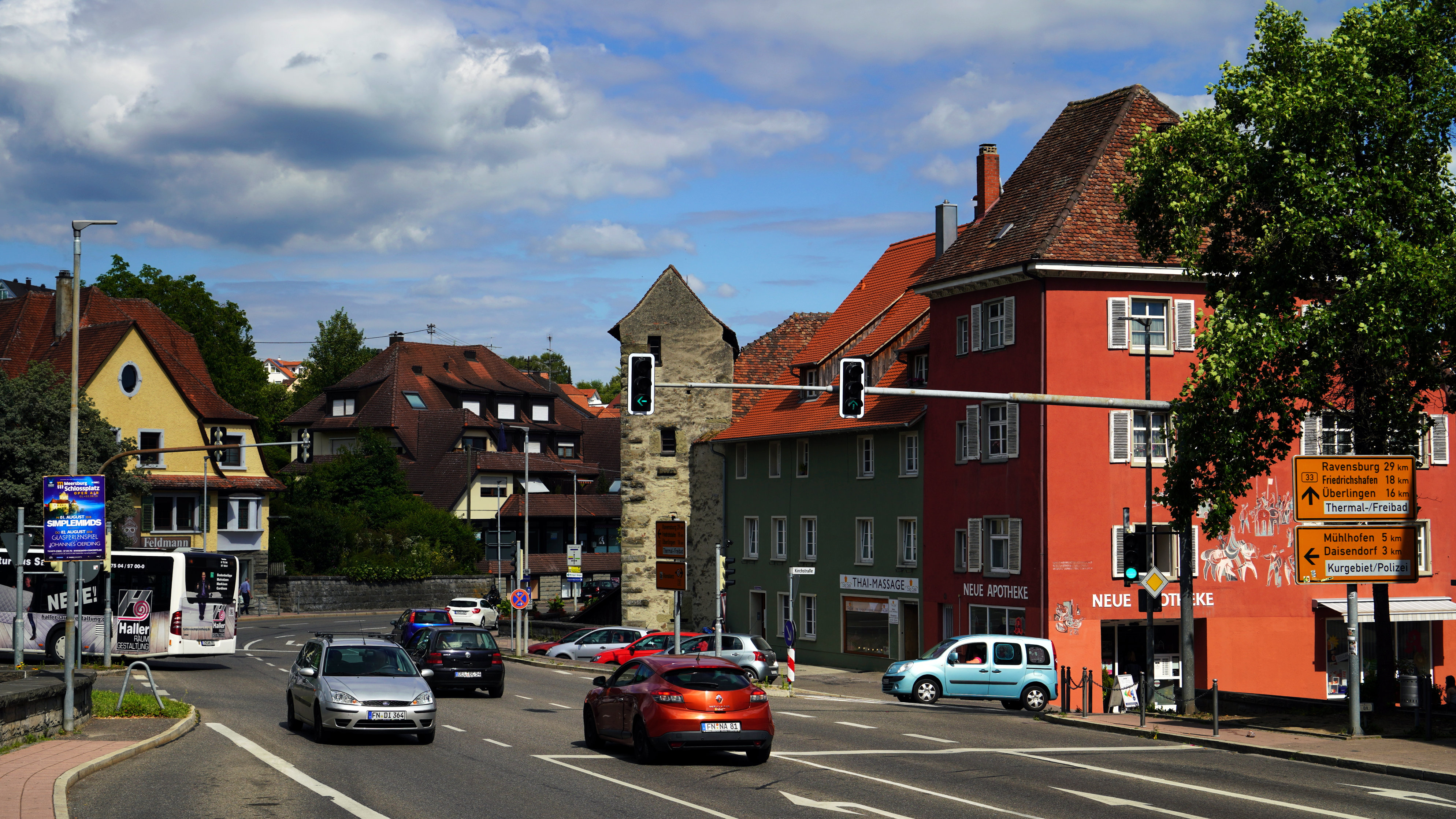Global Travel Information
Lake Tanganyika, Tanzania/Congo/Burundi/Zambia
Lake Tanganyika: The Jewel of East Africa
Nestled between the rolling hills and lush landscapes of Tanzania, the Democratic Republic of the Congo (DRC), Burundi, and Zambia, Lake Tanganyika stands as one of Africa’s most remarkable natural wonders. As the world’s second-deepest and second-largest freshwater lake by volume, it holds a unique place in both ecological and cultural history. Its crystal-clear waters, teeming with biodiversity, and its role as a lifeline for millions of people make it a treasure worth exploring.
A Geological Marvel
Lake Tanganyika is part of the Great Rift Valley, a tectonic wonder shaped by the splitting of the African Plate millions of years ago. Formed approximately 9-12 million years ago, it stretches over 673 kilometers (418 miles) in length and reaches depths of up to 1,470 meters (4,820 feet), making it the deepest lake in Africa and the second-deepest globally after Lake Baikal in Russia.
The lake’s immense depth and ancient origins have created a unique environment where many species evolved in isolation, leading to extraordinary levels of endemism. Nearly 80% of its fish species are found nowhere else on Earth, making it a living laboratory for evolutionary biologists.
Biodiversity Hotspot
Lake Tanganyika is a biodiversity hotspot, home to over 350 species of fish, most notably the colorful cichlids. These fish have fascinated scientists for decades due to their rapid speciation and adaptation to different ecological niches. The lake’s clear waters allow sunlight to penetrate deep, supporting a thriving underwater ecosystem of algae, plankton, and invertebrates that sustain its diverse aquatic life.
Beyond fish, the lake hosts a variety of other wildlife, including crocodiles, hippos, and numerous bird species. The surrounding forests and wetlands provide habitats for primates such as chimpanzees and colobus monkeys, adding to the region’s ecological richness.
A Lifeline for Communities
For centuries, Lake Tanganyika has been a vital resource for the people living along its shores. Fishing is the primary livelihood for many communities, with the lake supplying up to 40% of the animal protein consumed in the surrounding countries. The sardine-like dagaa and the larger nile perch are staples in local diets and regional trade.
Trade and transportation also thrive on the lake. Ferries and cargo ships connect ports like Kigoma (Tanzania), Kalemie (DRC), and Bujumbura (Burundi), facilitating the movement of goods and people across borders. However, overfishing, pollution, and invasive species threaten the lake’s delicate balance, calling for sustainable management practices.

Historical and Cultural Significance
Lake Tanganyika has played a pivotal role in African history. During the 19th century, it was a hub for the Arab and Swahili slave trades. Later, European explorers like David Livingstone and Henry Morton Stanley ventured into the region, mapping its waters and documenting its wonders.
The lake also witnessed dramatic events during World War I when the British and German navies clashed in the Battle for Lake Tanganyika—a lesser-known but fascinating episode in the war’s history.
Today, the lake’s shores are home to diverse ethnic groups, including the Ha, Fipa, and Tongwe people in Tanzania, the Bembe in the DRC, and the Rundi in Burundi. Each community has its own traditions, folklore, and fishing techniques, enriching the cultural tapestry of the region.
Challenges and Conservation Efforts
Despite its natural wealth, Lake Tanganyika faces mounting threats. Deforestation along its watershed leads to soil erosion and sedimentation, while untreated sewage and agricultural runoff contribute to pollution. Climate change exacerbates these issues, with rising temperatures affecting fish breeding cycles and water levels.
Conservation initiatives are underway to protect the lake’s ecosystems. Organizations like the Lake Tanganyika Authority (LTA) and local NGOs work to promote sustainable fishing, reforestation, and pollution control. Ecotourism is also emerging as a viable alternative, offering travelers the chance to explore the lake’s beauty while supporting conservation efforts.
Exploring Lake Tanganyika
For adventurous travelers, Lake Tanganyika offers unforgettable experiences. Snorkeling and diving reveal a vibrant underwater world, while boat safaris provide glimpses of hippos and crocodiles. Gombe Stream National Park in Tanzania, made famous by Jane Goodall’s chimpanzee research, is a must-visit for wildlife enthusiasts.
The lake’s sunsets are legendary—golden hues reflecting off its vast expanse, creating a serene and almost mystical atmosphere. Whether relaxing on its sandy beaches or exploring its historic ports, visitors leave with a deep appreciation for this African gem.
Conclusion
Lake Tanganyika is more than just a body of water—it is a living, breathing ecosystem, a cultural cornerstone, and a source of sustenance for millions. Its preservation is not just a regional priority but a global responsibility. By balancing human needs with ecological protection, we can ensure that this majestic lake continues to inspire and sustain future generations.
相关文章
- Elbe River Archaeological Sites: Ancient Finds Near the Water
- Elbe River Botanical Gardens: Flowers & Plants Along the Banks
- Elbe River Zoos & Aquariums: Family Fun Near the River
- Elbe River Amusement Parks: Rides with River Views
- Elbe River Camping Spots: Pitch a Tent by the Water
- Elbe River Glamping Sites: Luxury Camping Along the Banks
- Elbe River RV Parks: Stay in Your Camper Near the River
- Elbe River B&Bs: Cozy Accommodations with a Personal Touch
- Elbe River Hostels: Budget Stays for Young Travelers
- Elbe River Business Travel Guide: Meetings & Events Near the Water
发表评论
评论列表
- 这篇文章还没有收到评论,赶紧来抢沙发吧~


